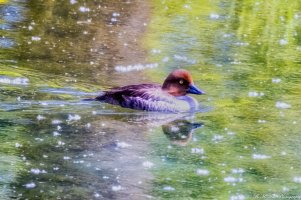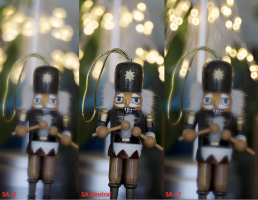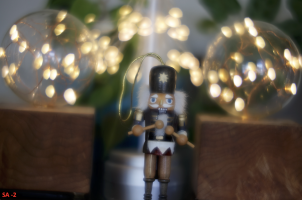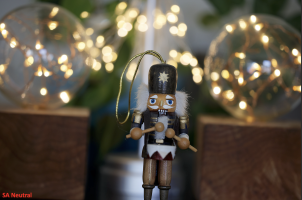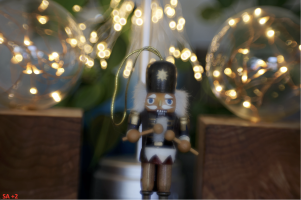Hi,
I've been watching the early reviews of the RF 100mm f/2.8L lens with interest, as I am greatly looking forward to having a native 1:1 (or better!) macro option on the R5.
All the demos that I have seen of the SA control feature have results where the subject becomes blurred, which is sort of the opposite of what I typically go for with macro, where I am trying to see really fine details.
Is there any benefit of SA control at all to enhance detailed macro photography? If so, what is the benefit?
Or is this feature really primarily for the people who will be using the macro lens for portraits?
My initial impression is that releasing this lens as a dedicated macro without SA could have allowed it to be a bit lighter/smaller/cheaper, which I would have preferred. But, since this feature was added to the lens, is there any benefit to it that I can look forward to for macro?
I've been watching the early reviews of the RF 100mm f/2.8L lens with interest, as I am greatly looking forward to having a native 1:1 (or better!) macro option on the R5.
All the demos that I have seen of the SA control feature have results where the subject becomes blurred, which is sort of the opposite of what I typically go for with macro, where I am trying to see really fine details.
Is there any benefit of SA control at all to enhance detailed macro photography? If so, what is the benefit?
Or is this feature really primarily for the people who will be using the macro lens for portraits?
My initial impression is that releasing this lens as a dedicated macro without SA could have allowed it to be a bit lighter/smaller/cheaper, which I would have preferred. But, since this feature was added to the lens, is there any benefit to it that I can look forward to for macro?

